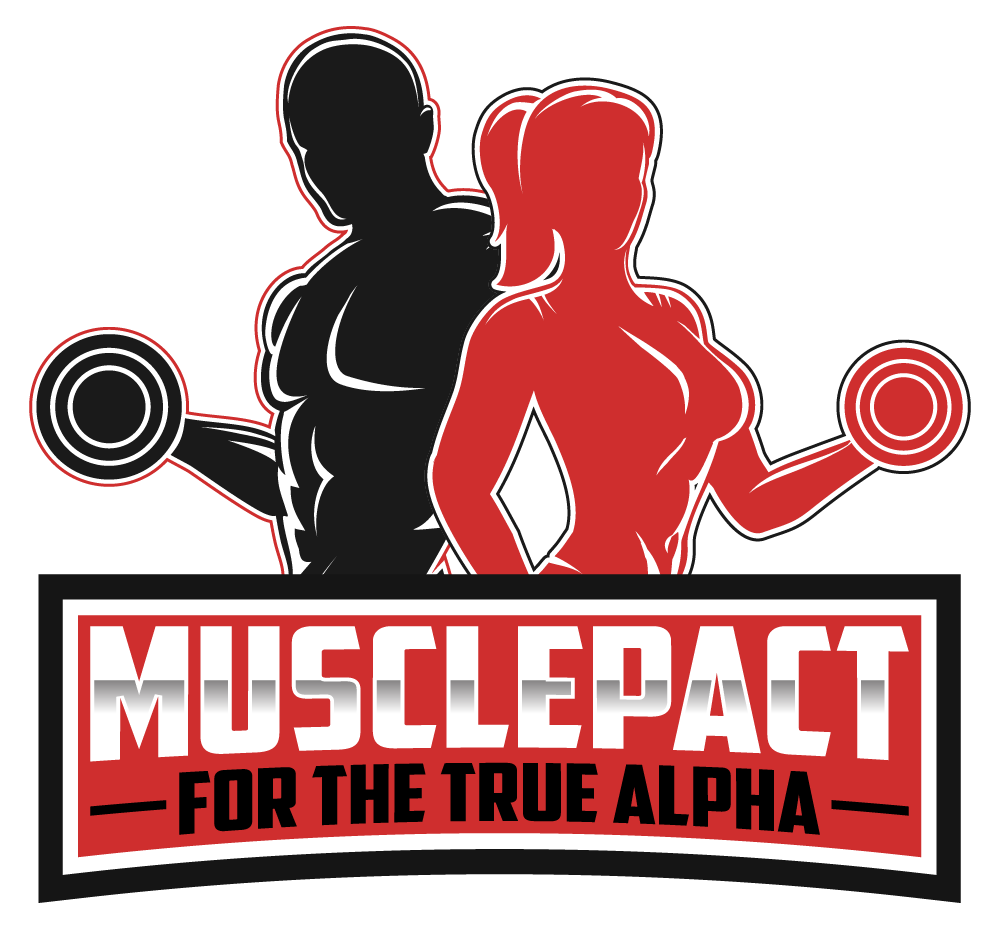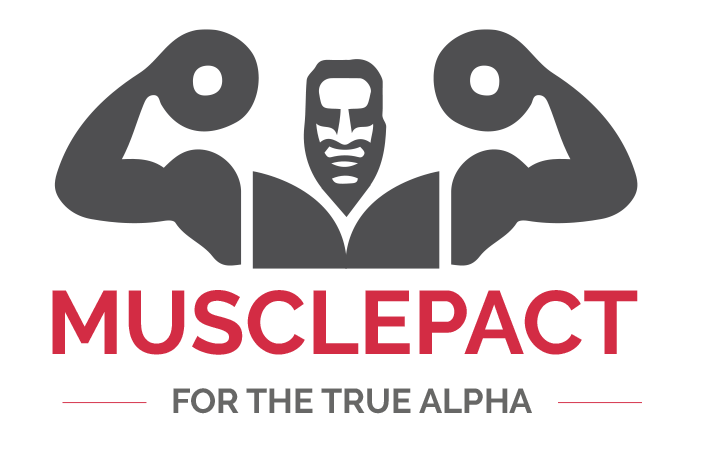If you could add a single, low-cost supplement to your routine that reliably nudges strength, recovery, and energy in the gym, would you? For fitness writer Harry Bullmore the answer has been clear for five years: creatine. Taken consistently alongside structured, progressive strength training, he credits creatine with helping him build muscle, hit new personal bests, and feel sharper during morning workouts.
The simple case for creatine
Creatine isn’t magic. It’s straightforward biochemistry that delivers practical results. The body makes creatine from amino acids, then stores it in muscles as phosphocreatine. During short, high-intensity efforts — think the first 10–20 seconds of a heavy lift or sprint — phosphocreatine helps regenerate ATP, the immediate energy currency your muscles use. Supplementing raises those stores, which means you can sustain heavier effort for slightly longer. Slightly longer, over months and years, adds up. Harry noticed this in a few weeks: stronger sets, faster recovery between reps, and sessions that felt more productive.
How it changed Harry’s training
Before creatine Harry followed progressive resistance plans. After starting it, the numbers crept up faster. In his first year he added 12kg to his back squat, 5kg to his bench and 20kg to his deadlift. That kind of progress isn’t sudden or dramatic every week — it’s small, stubborn gains that compound. He also reports better performance in CrossFit-style benchmark workouts and a steadier energy for those early-morning sessions that otherwise feel heavy and slow.
There’s a small initial uptick in body mass for many users — roughly 1% — mostly water drawn into muscle fibers. Not fat. It’s part of how creatine supports recovery and performance.
Who sees real benefits?
Not everyone will notice the same jump. If someone already has high natural creatine levels in their muscles, the effect may be muted. But for most folks who pair creatine with regular resistance training, the benefits are clear: more reps per set, a little more power, better long-term gains. That’s why it’s gone from a bodybuilder staple to something recommended for CrossFitters, powerlifters, team-sport athletes who need repeated sprints, and older adults trying to preserve muscle. Vegans often see larger increases because dietary creatine tends to be lower for them — their muscles have more room to be topped up.
How much should you take?
You don’t need complicated dosing. Consistent intake of about 3 g per day will saturate muscle stores in a few weeks and give you the benefits most people want. Some programs use a short loading phase of 20–25 g per day for five to seven days to speed saturation, but loading isn’t required. Once muscles are saturated, extra creatine doesn’t improve performance — it’s excreted.
A useful tool, not a cure-all
Harry is careful to stress that creatine is a small piece of a bigger puzzle. It won’t replace solid programming, a sensible diet, or sleep. Those are the foundations. Creatine is what helped accelerate his progress once those foundations were in place — a catalyst rather than a miracle.
So if you’re choosing one supplement to try, creatine is an easy, well-studied, inexpensive pick. You might feel a small boost in morning energy, see a few more reps, and over months watch those small wins pile into measurable strength gains. Not every supplement deserves that kind of vote — creatine does.
What’s your experience? Have you tried creatine, or are you curious to start? Drop a comment below and tell us your story — and follow us on Facebook for more hands-on training and supplement insights.
Before you go, learn how 5-minute “exercise snacks” could be your secret to better fitness.
Sources:
- www.independent.co.uk/health-and-fitness/what-is-creatine-b2844245.html
- www.my.clevelandclinic.org/health/treatments/17674-creatine
- www.mayoclinic.org/drugs-supplements-creatine/art-20347591






